
North Kalimantan Province
A Comprehensive Look at North Kalimantan Province
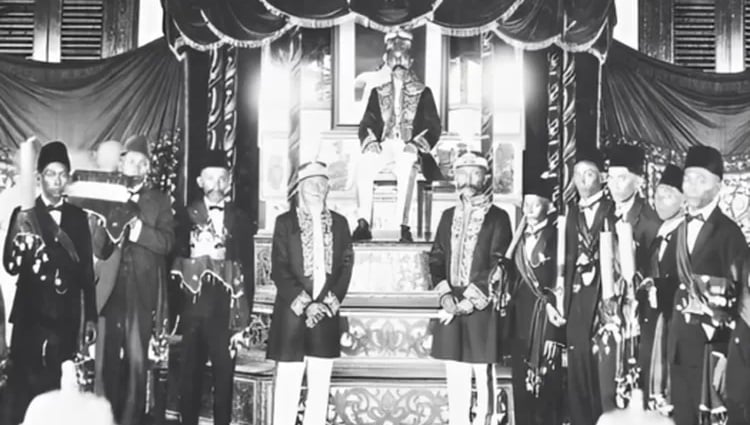

🏛️Capital City and Geographical Conditions
Capital City: Tanjung Selor. Located on the Kayan River, it is the smallest provincial capital in Indonesia.
Geographical Conditions: The province’s topography is highly diverse:
Northern Highlands: Dominated by the Muller and Iban Mountains, forming a rugged, densely forested border area.
Rivers: Major rivers like the Kayan, Sesayap, and Sembakung serve as the main arteries for transport and settlement, flowing from the mountains to the coast.
Coastal Zone: Features extensive mangrove ecosystems and numerous small islands.
Climate: Tropical equatorial climate, with consistent rainfall and high humidity.
📜History: Border Dynamics and Provincial Separation
Kaltara's history is defined by indigenous presence, Malay sultanates, and its recent political formation.
Sultanate Era: The region was historically controlled by the powerful Sultanate of Bulungan (based near Tanjung Selor), which held sway over the coastal and riverine areas.
Indigenous Settlement: Various Dayak sub-tribes (e.g., Kenyah, Kayan) maintained deep traditional roots in the mountain and forest interiors, largely autonomous from the coastal sultanates.
Border Identity: The area’s culture and economy are heavily influenced by cross-border interactions with Malaysia (Sabah and Sarawak).
Provincial Formation: Kaltara was officially established in 2012 to accelerate development, improve public services, and strengthen national security along the remote international border.
👥Demographics and Customs
Population: Kaltara has the smallest population of any province in Kalimantan, estimated at around 750,000 people.
Ethnic Groups: The population is diverse, including:
Dayak: Numerous groups (Kenyah, Kayan, Lun Bawang) inhabiting the interior, known for their elaborate beadwork and weaving.
Tidung: A distinct ethnic group traditionally living along the coast and estuaries.
Kutai/Bugis/Javanese: Large communities involved in trade, services, and government.
Customs (Adat Istiadat): Cultural life is a blend of forest and riverine traditions. Dayak rituals, like those surrounding harvest (Gawai), are prominent in the interior, while coastal communities maintain Malay and Islamic traditions linked to the old sultanates.
🎨Culture and Traditional Arts
Kaltara's cultural output is renowned for its intricate craftsmanship using forest materials.
Beadwork and Weaving: Dayak groups, particularly the Kenyah, are highly skilled in crafting intricate beadwork on traditional garments and headwear, often depicting mythological creatures and geometric patterns.
Lamin (Traditional House): The traditional longhouse or communal home, symbolizing community solidarity, similar to other parts of Borneo but with local variations.
Seni Ukir (Wood Carving): Featuring detailed carvings of spirits, ancestors, and animals on longhouse pillars, shields (Talawang), and ritual objects.
Tari Kancet Papatai: A Dayak war dance characterized by energetic movements, war cries, and the use of the Mandau (sword) and shield.
🍲Distinctive Traditional Cuisine
The cuisine relies heavily on freshwater fish, forest ingredients, and simple cooking methods.
Nasi Subut: A traditional staple dish, particularly among the Dayak and Tidung communities. Rice is cooked with a colorful mixture of mashed purple sweet potatoes and wild cassava leaves, giving it a distinctive color and earthy flavor.
Sate Ikan Parang-Parang: Satay made from the abundant Parang-Parang fish (a local freshwater/coastal fish). The fish meat is minced, mixed with coconut and spices, formed onto skewers, and grilled, similar to Sate Lilit.
Udang Pepes: Fresh river shrimp or prawns seasoned with strong spices (chili, turmeric, ginger) and wrapped tightly in banana leaves before being steamed or grilled over charcoal.
Ayam Cincane: A celebratory dish, often featuring chicken cooked in a sauce rich with coconut milk, kemiri (candlenut), and turmeric, often served during traditional ceremonies.
🗺️Famous Tourist Attractions
Kaltara offers untouched nature and cultural immersion, particularly in its river and border areas.
Kayan Mentarang National Park: A vast, protected area of pristine rainforest in the mountainous interior, known for its incredible biodiversity, high elevation plateaus, and the traditional lands of several Dayak tribes. It is a major destination for eco-research and adventure tourism.
Sungai Kayan (Kayan River): The main artery of the province; river trips offer the best way to see the landscape and visit traditional Dayak villages like the Longhouse communities.
Pulau Derawan (Derawan Islands): Though politically administrated by East Kalimantan, these world-class dive islands are geographically close and often accessed through the border city of Tarakan, offering stunning coral reefs and marine life.
Tarakan City: The main commercial hub, known for its historical remnants from the Pacific War (including Japanese bunkers and war memorials).
✈️Transportation Infrastructure
Due to its vast, remote geography, Kaltara relies heavily on air and fast boat connections, especially from the coastal cities of Tarakan and Balikpapan (East Kalimantan).
Airport (Bandar Udara):
Juwata International Airport (TRK): Located in Tarakan, this is the main gateway, serving domestic routes to Jakarta, Surabaya, and other regional cities, and occasionally regional international flights.
Port (Pelabuhan):
Malundung Port (Tarakan): The primary commercial and container port.
Tanjung Selor Port: Primarily handles smaller passenger and cargo boats vital for linking the capital to the surrounding riverine areas.
Fast Boats: Highly essential for inter-city travel, linking Tarakan, Tanjung Selor, and Nunukan (the border crossing point with Malaysia).
Railroad (Stasiun Kereta Api):
North Kalimantan Province does not have any active railway network or passenger train stations. Transportation relies entirely on its extensive river network and road system.
North Kalimantan is a true frontier—a province defined by its rugged borderlands, the powerful flow of the Kayan River, and the enduring cultures of its Dayak and Tidung communities. From the dense, pristine jungles of Kayan Mentarang to the strategic energy of Tarakan, Kaltara stands as a vital, developing corner of Borneo. It invites those who seek unspoiled wilderness, unique indigenous artistry, and a glimpse into Indonesia’s newest chapter of growth.
🌳North Kalimantan Province : Indonesia’s Newest Frontier
North Kalimantan (Kaltara) is Indonesia’s newest province, established in 2012 by separating from East Kalimantan. Located on the northeastern border of Borneo, it is characterized by its mountainous interior, vast coastal mangrove forests, and crucial strategic position bordering the Malaysian states of Sabah and Sarawak. Kaltara is a land of indigenous Dayak and coastal Malay communities, rich in natural resources and dynamic development.


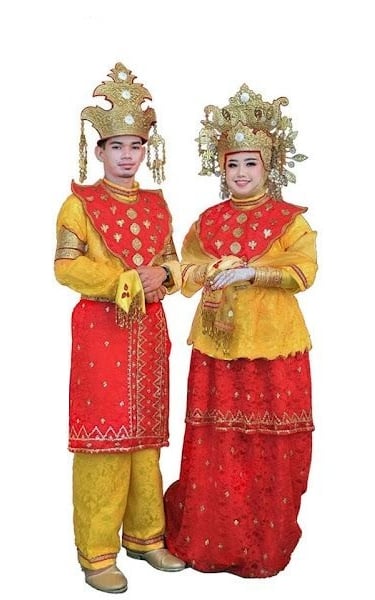

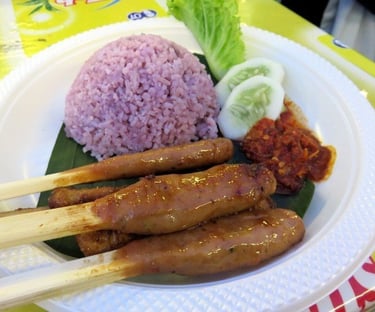



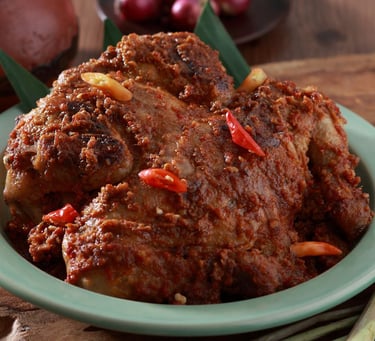

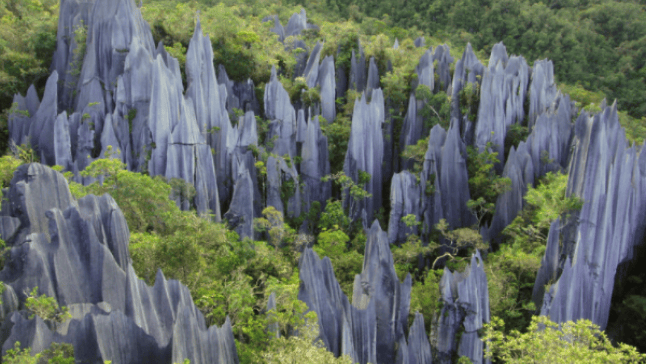



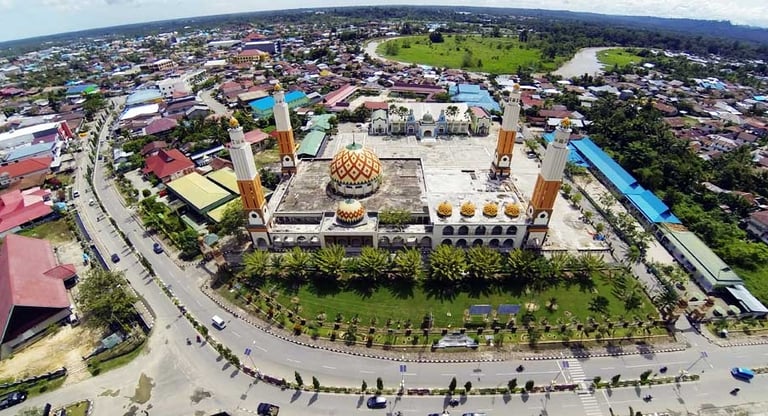

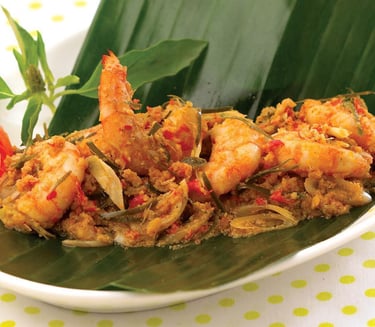


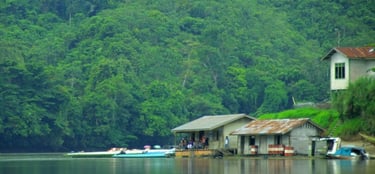

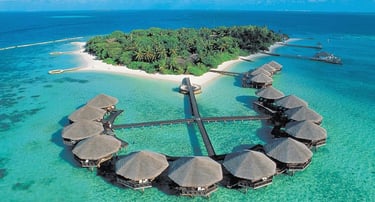
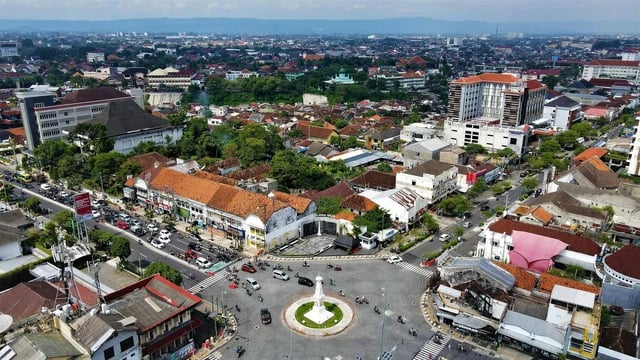

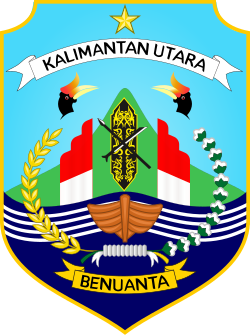

Follow us to explore Indonesia with expert travel guidance
©PT.Sinar Pesona Travelindo 2025. All rights reserved.
